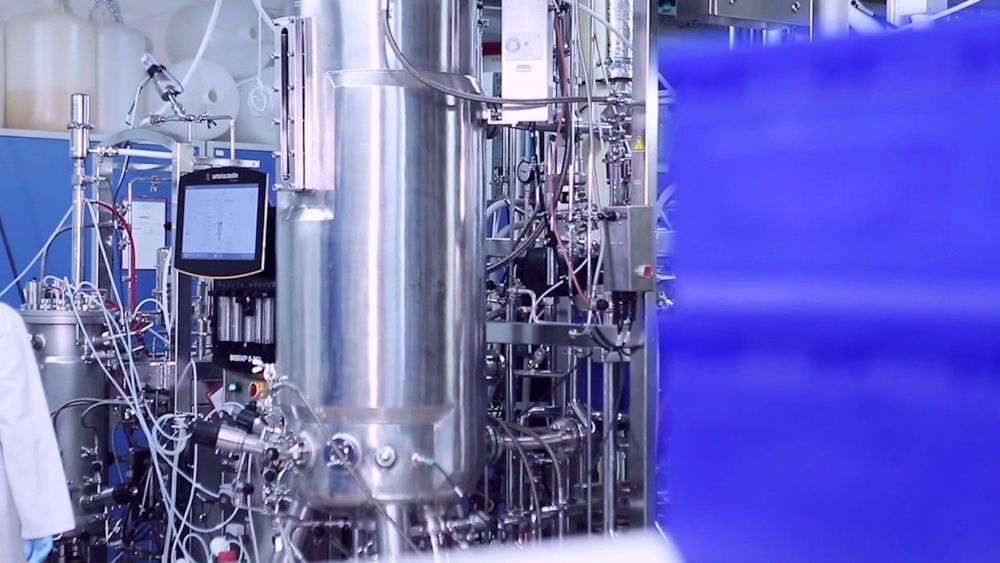When the structure of DNA was elucidated in 1953, an unimaginable world of possibilities was opened. But we couldn’t even begin to dream about how we would go about using such powerful knowledge. Thirty years later, PCR — the process to replicate DNA in the lab — was developed, and innovation exploded. In 2001 — nearly twenty years ago — the first full human genome was sequenced and published.
The information we’ve uncovered through DNA is enabling us to explore and develop solutions for a variety of problems, from how to mimic human disease in animal models to finding new treatments and cures for devastating diseases such as cancer and Alzheimer’s.
Our ability to engineer biology is making DNA even more powerful. We are building upon the blueprint that was already there, strengthening it, giving it new and improved functions, and leveraging its characteristics to do useful things for us. Perfect examples include engineering the genomes of T cells to turn them into highly specific cancer fighters or modifying bacteria to produce useful products like insulin, food ingredients, or bioplastics. We are even beginning to use DNA to store information, perhaps one day replacing the physical hard drive.
